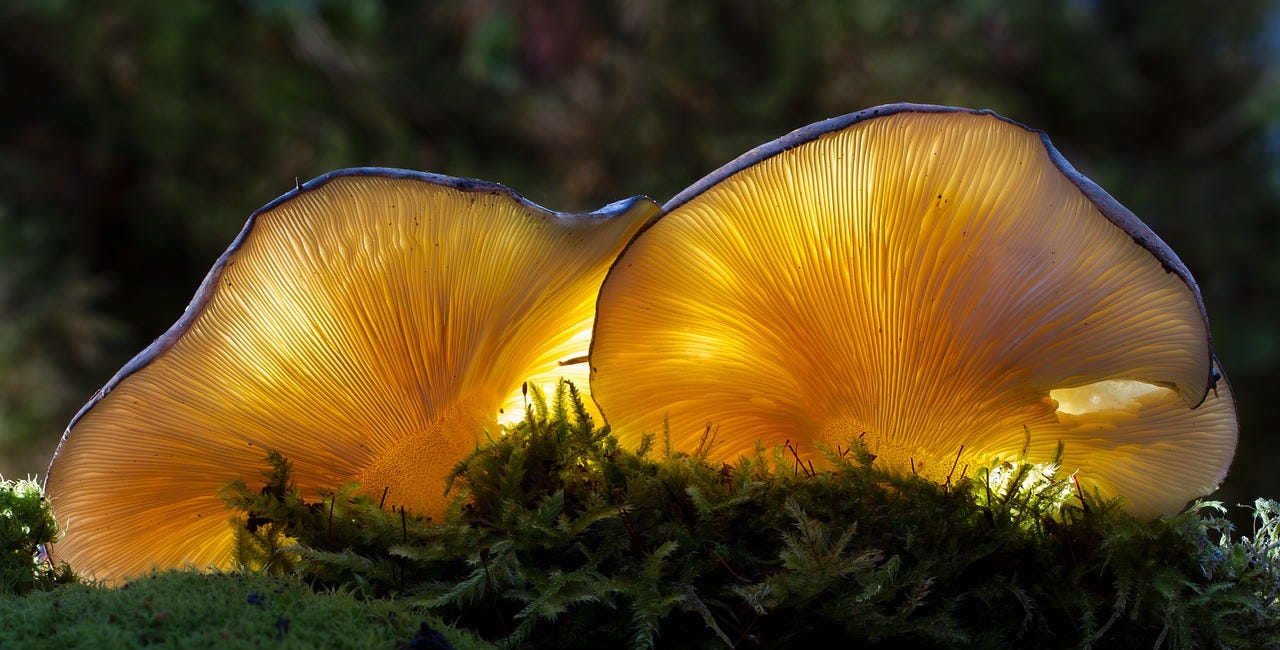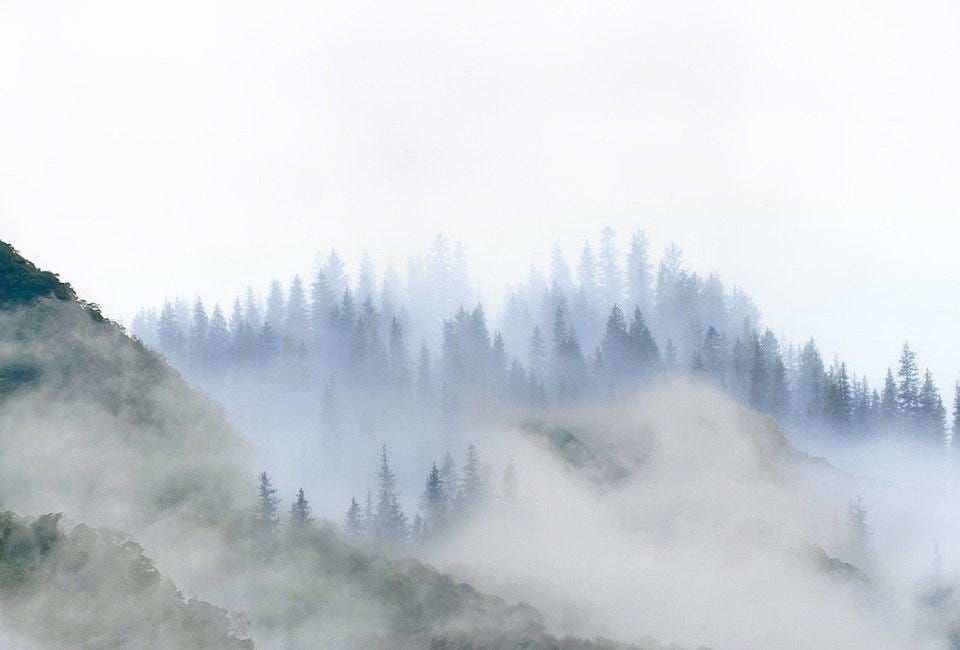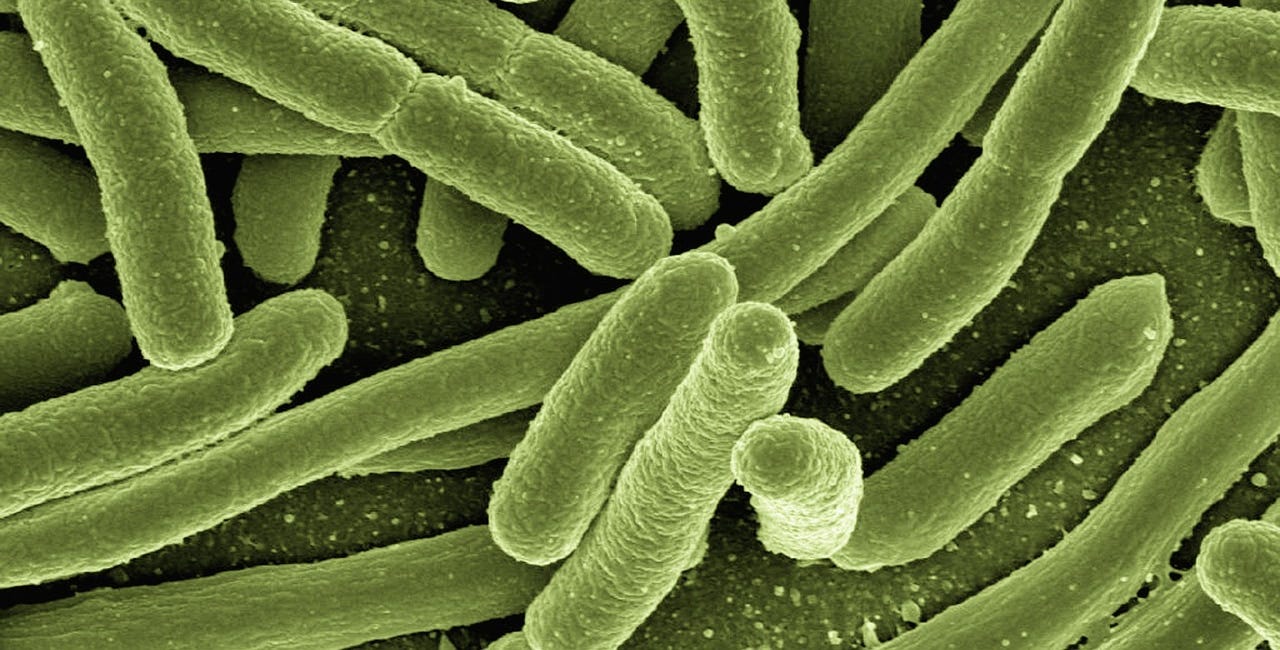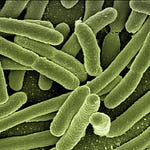Part 2: Terra Incognita and More Familiar Lands
What I see in Nature is a magnificent structure that we can comprehend only very imperfectly, and that must fill a thinking person with a feeling of humility.
-Albert Einstein
Now that the younger students are busy with their microscopes, we can dig in a little deeper. Let’s consider this E. coli. But which kingdom does this creature belong to? It’s kinda hard to tell. Nearly all the residents of these two kingdoms, they are unicellular – made of just one cell. If we could zoom inside those cells, we would see that they are different from our own: archaea and bacteria all lack a nucleus, the part of our cells where the DNA is stored, making them prokaryotes. These two kingdoms are so similar that wee only know that E. coli belongs in the Kingdom of Bacteria because we have looked at its DNA! At the genetic level (having to do with DNA), these two kingdoms are very different, diverged by the Creator so that together they could fill every nook and cranny of our world.
Even though we know more about these two kingdoms that we used to, don’t get the idea that we know a whole lot. I mean, just check out this atlas for the Kingdom of Archaea – half of it is labeled terra incognita and covered with dragons and itty-bitty sea monsters. Makes sense though – it’s not so easy to find archaea since they live in places that are likely to kill us. We have, though, explored parts of two phyla (regions). One includes some of the most famous archaea that live in the deep ocean, often around the exceedingly hot thermal vents, whiling away the hours turning chemicals into food. The other phyla is more diverse, including archaea that live in extremely hot environments (up to 122ºC – well over the boiling point of water!), salty environments, as well as in the intestines of cows, in fresh water, and in soil.
The atlas of the Kingdom of Bacteria, on the other hand, (BANG!) is much more substantial: there are over 40,000 known species of bacteria in the world. A quarter of those might just be ones that live on people. But let me tell you, even though this puppy is quite hefty, a lot of the pages are blank, just waiting to be filled with newly discovered species. Nowadays, scientists usually organize bacteria into 30 phyla based on their DNA, but there are some more traditional ways of organizing them.
One early type of classification used gram staining in a process discovered by a Danish doctor named Hans Christian Gram. Like many scientific breakthroughs, gram staining was discovered through close observation, a lot of hard work, and a bit of luck. Dr. Gram was studying lung cells from patients with pneumonia. He put a stain called crystal violet on the tissue and, to his surprise, the bacteria in the samples seemed to soak up the stain! Even when he tried to rinse the stain away, some of the bacteria still stayed the purple color. Some of the bacteria, though, went back to their original appearance, leaving two groups. Another scientist might have done this same thing before and never realized the significance, but Dr. Gram saw that this was a way of differentiating types of bacteria into gram-positive (they keep the purple color) and gram-negative (they don’t).
Maybe you’re not to into liquids that can stain your clothes. Scientists still have you covered with autotrophic bacteria (they produce their own food) versus heterotrophic bacteria (they eat their food). Most autotrophic bacteria get their energy from the sun, so a lot of them are found on the ocean surface (incidentally, you can thank those guys for about half of the world’s oxygen). Heterotrophic bacteria are a bit more...complicated. I mean, they have to get their food from somewhere, so some of them are predators, eating other microorganisms, but a lot of them eat parts of much bigger creatures. Like, well, us. Hang on, it’s not as bad as it sounds. Those friendly bacteria, they’re symbiotic: they eat some of our food, but they also help us out. Bacteria help out all kind of creatures, like the ones like live on the roots of bean plants; the bean plants feed the bacteria and the bacteria produces ammonia, an important chemical without which the plant cannot grow. And yes, there are some that are pathogens that cause diseases like acne or stomach bugs or Lyme disease. Those are seriously a bummer, but modern medicine has given us antibiotics – courtesy of friendly bacteria that produce these chemicals in their continual wars. Some friendly bacteria actually eat us, too. Well, our dead cells, anyway. The decomposers help to rid the world of all debris, from roadkill to autumn leaves, acting as the world’s janitor to keep everything clean.
Bacteria do some pretty amazing things in our world, and we have only scratched the surface. Scientists are constantly finding new species, helping to learn more about creation and about the Creator, and maybe providing antibiotics that could help save lives in the future. But much of this Kingdom is still uncharted – adventure awaits!
Ready for More?
Or Check Out the Next Chapter
Chapter 4: The Kingdoms of the Protists and Fungi
Welcome to the first installment in the Kingdoms of Creation home education science program. We’re glad you’re here. Each chapter is split into two parts: Part 1 is for younger students (usually K-4); Parts 1 and 2 together are for older students (usually 5-8). The Kingdoms of Creation is a comprehensive biology program. See the full table of contents
Need Something Else?
Visit the Welcome Page
Welcome to the Kingdoms of Creation
A long time ago in land not so far away, the Creator made a world. This world was big and beautiful, wild and wonderful, fantastic and frightening. It was full of amazing creatures like the ping-pong tree sponge (an immobile creature that looks just like its name sounds but eats shrimp in the deep dark of the sea) and the dragon mantis (a large brown …
Or Check Out the Original Post
Chapter 3: The Kingdoms of Archaea and Bacteria
Welcome to the first installment in the Kingdoms of Creation home education science program. We’re glad you’re here. Each chapter is split into two parts: Part 1 is for younger students (usually K-4); Parts 1 and 2 together are for older students (usually 5-8). The Kingdoms of Creation is a comprehensive biology program. See the full table of contents

















Share this post